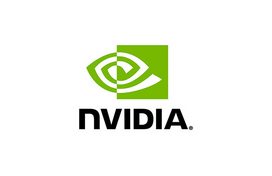Prism is a horizontally scalable, real-time software/hardware edge compute solution. It designed to be used in various industries such as manufacturing, agriculture, retail, etc. This solution uses NVIDIA Tegra TX2 SoC to enable high-speed yet low-power processing of specialised CUDA kernels and deep-learning inference.
Prism is made up of a set of slaves that run across network that do the actual work and one master that communicates with an asynchronous front-end that can run on any platform including mobile. Each slave can be configured to do one more jobs (e.g., object detection, classification, custom tasks implemented as CUDA kernels).
Prism was developed as an answer to a problem that was faced at Cortexica when a client needed to use five high-speed cameras to monitor a manufacturing line for precision and for a potential contamination. Each camera was fully exhausing a USB 3.0 bandwidth and even a high-specification computer with high-end GPUs was not sufficient for this task simply becuase of the ammount of bandwidth and processing required. We have therefore implemented a horizontally-scallable hardware and software solution that not only addressed these specific problems but also enabled solving new problems. This is because Prism was written to be very flexible and generic yet easy to use thanks to its front-end that dynamically changes based on the type of services detected on the local network.
Prism is based on master-slave approach with an additional UI that communicates with slaves via master. A master scans the local network and detect instances of slaves which in turn inform master about what services they are running. The poster will present one example of an industrial application in manufacturing when five Jetson TX2 boards have been deployed in production and used to analyse the behaviour of a dessicant cutting machine and to detect a potential contamination. As you can see in the attached video, these dessicants are moving on five separate lines very quickly hence five cameras and five Jetson boards. Each camera runs at 160FPS at Ultra-HD, which was previously causing bandwdth and compute problems using a centralised solution. Prism allows each camera to have a dedicated USB 3.0 channel and a dedicated CPU-GPU processing. This means that we were able to work with a high-speed imagery in real-time and solve all challenges we faced.
Prism is now being applied to solve various different problems. Another example is its deployment at a leading car manufactoring site where it is used to detect cracks in chains and also to detect wearing of materials on production lines. We have few other uses of Prism in a pharmaceutical settings when real-time, high-performance multi-camera solutions are needed to analyse the quality of the products.
NOTE: I am happy to provide more details, images or videos if required as I am continuing improving this solution.



Comments (0)